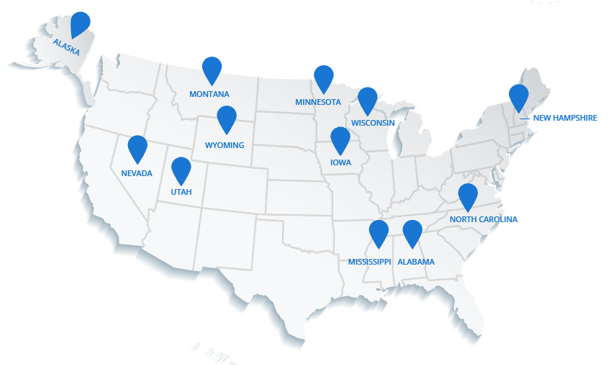To apply for exciting and relevant jobs in your region, click on the links below:
- Telehealth Healthcare Provider job
- Nurse Practitioners & Physician Assistants job
- Telemedicine Physician Assistant job
- Nurse Practitioner w/ Geriatrics experience job
- Nurse Practitioner w/ Dermatology Exp job
Many people assume the best way to keep up with a fast-paced clinical environment is to multitask, but that's simply not true.
As an Advanced Practice Registered Nurse (APRN) or Physician Assistant (PA), you know that new tasks and responsibilities appear at any moment of the day. One study by the National Institutes of Health found that nurses were interrupted once every six minutesadvanced practitioners can expect interruptions at an even greater frequency! However, when it comes to ensuring positive outcomes in the workplace, the ability to focus amid constant distractions is an absolutely necessary skill. In this post, we'll explain why multitasking should be limited in clinical settings, and explore ways to overcome the urge to give your attention to too many things at once.
Understanding Multitasking and Its Risks to Clinical Practice
Before considering the full effects of multitasking in professional life, think back to childhood, and the game we all played of trying to pat our heads and rub our stomachs simultaneously. That was hard enough, but what happened when the teacher told you to hop, reverse directions, or even change tasks altogether? Eventually, you just can't sustain the actionscertainly not well or efficiently, and sometimes not at all. Psychologists have found our brains are not built to juggle more than two tasks at a time or handle rapid switching between tasks. We lose time because our minds have to pause before transitioning to something new. That's not something a person may notice when talking on the phone and doing dishes, but those lost seconds can make all the difference in critical patient situations. In addition, ongoing multitasking increases emotional strain, resulting in:
- Elevated levels of stress
- Diminished focus
- Higher rates of error
- Slower reaction times
As seasoned APRNs and PAs know, these negatives are the last thing you want in a clinical environment. Fortunately, APRNs and PAs can take charge and redirect less-experienced staff toward greater focus and productivity.
Achieving Alternatives to Multitasking
As either formal or informal leaders, APRNs and PAs are responsible for establishing goals and prioritizing tasks to achieve goal-alignment. In other words, you can model ways to guide your practice toward safer, more efficient patient care. Goal-oriented environments empower healthcare providers to evaluate the importance and urgency of each task, giving you the ability to assess, prioritize, and focus on your responsibilities. Entry-level team members are eager to complete their challenging workloads quickly, well, and without complaintbut they may not realize that multitasking is not the way to do it. It's important for APRNs and PAs to teach them that there are better methods for handling hectic clinical environments than heavy multitasking. For example:
- Using tabs rather than multiple browser windows on the computer
- Having a polite phrase prepared (like I'll be with you in 5 minutes) to stave off distraction
- Putting away cell phones whenever possible
These are simple ways in which staff, as individuals, can begin limiting multitasking in their day-to-day routines. Their are many other methods of regaining control over the workday, and many of these techniques can also apply when reclaiming focus after interruptions. As a supervisor, you can help staff prioritize tasks and recognize when multitasking might be taking a toll. For example, an overwhelmed nurse might need to your encouragement to find a quiet corner to pause and take a few deep breaths. With the growing presence of technology and mobile devices in the workplace, multitasking remains a temptation. APRNs and PAs play an important role in ensuring that temptation doesn't impact their own clinical environments. You can be the leaders in focused productivity, and model better choices through actions and encouragement. What do you do to avoid multitasking? How have you helped junior staff increase productivity and focus? Leave us a comment and let us know!
This article was originally published on Melnic by Jill Gilliland. Melnic was recently acquired by DirectShifts.
.png?width=50&height=50&name=Cube-Logo-150x150%20(1).png)
March 19, 2022




Comments